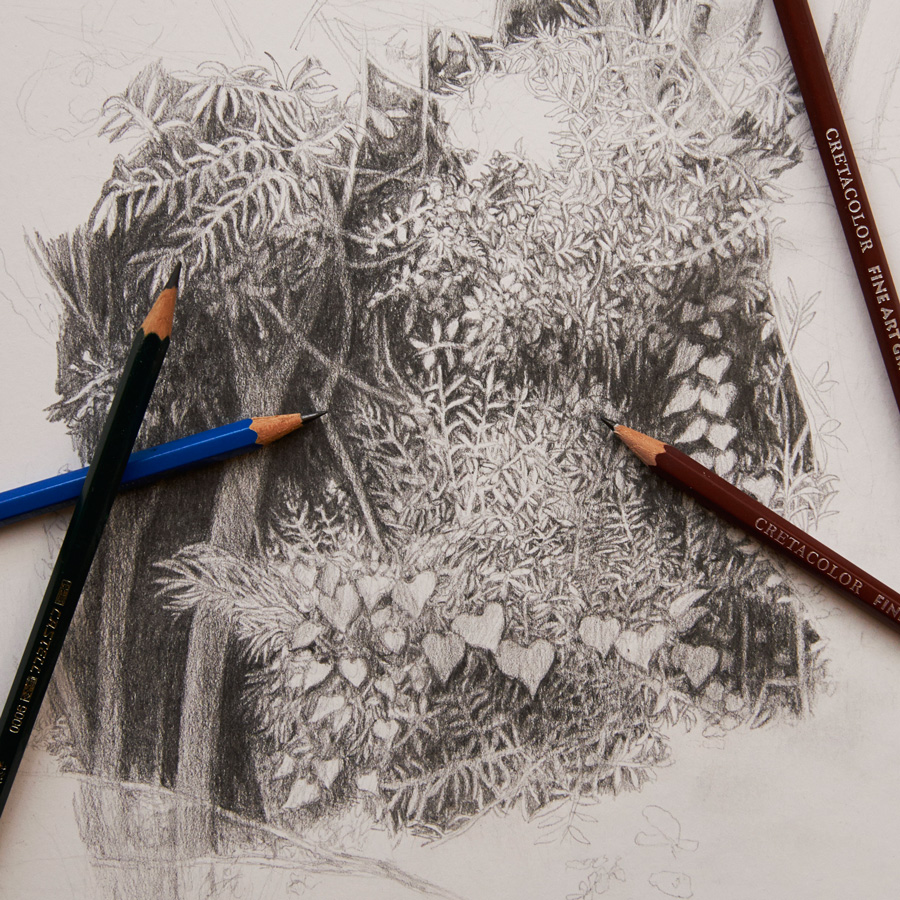When it comes to starting work in sculpture, we encounter different methodological proposals that rest on various conceptions of what art is and what its objectives are.
Our workshop is fundamentally based on the teachings of the great sculptor Auguste Rodin, combined with other influences such as the Bauhaus.
The Foundation of Art for Rodin is Nature, a sovereign master and infinite perfection. In it lies the Truth, the beginning and end of his mission

The Importance of Learning to Draw: Developing Skills and Awakening Creativity.
The art of drawing, far from being just a pastime, is a skill that goes beyond putting images on paper. Learning to draw not only opens the doors to personal expression but also brings a series of benefits that positively impact various aspects of life. Here are some compelling reasons why learning to draw is a valuable investment in personal growth and creativity.
1. Development of Observation and Perception
Learning to draw sharpens the ability to observe. By training the eye to capture details, textures, and shapes, we develop a greater awareness of the environment around us. This acute perception skill is not only useful in art but also enhances attention and understanding in other aspects of daily life.
2. Enhancement of Patience and Concentration
The process of drawing requires time and patience. Constant practice teaches us to wait, work methodically, and enjoy the creative process. This patient approach not only translates into improved artistic skills but also nurtures patience and concentration in other areas of life.
3. Stimulation of Creativity and Imagination
Drawing is a way of bringing imagination to life. It allows artists to translate abstract ideas into concrete images. As we experiment with shapes, colors, and compositions, we stimulate creativity and expand the boundaries of imagination, fostering an open and creative mind.
4. Improvement of Fine Motor Skills
The act of drawing involves the coordinated use of the hand, eye, and brain. This coordination improves fine motor skills, strengthening manual dexterity and precision in movements. These fine motor skills are beneficial in various daily activities.
5. Visual Communication and Personal Expression
Drawing is a powerful tool for visual communication. Learning to express ideas and emotions through images is not only valuable for artists but also provides an additional tool for personal and professional communication. Images can convey messages in a impactful and universal manner.
6. Reduction of Stress and Anxiety
The act of drawing, especially in a relaxed environment, can have therapeutic effects. Drawing has been shown to reduce stress and anxiety levels, providing a creative outlet and a way to disconnect from daily stresses.
Conclusion: Beyond the Paper
Learning to draw is not just about tracing lines on paper; it’s about the holistic development of skills that enrich daily life. From strengthening concentration to unleashing creativity, drawing is a versatile tool that nourishes the mind, heart, and hands. So, why learn to draw? The answer lies in the opportunity to discover, express, and enrich life through the lines and shapes we create. Dare to immerse yourself in the fascinating world of drawing and discover the countless benefits that await you with each stroke. Good luck on your artistic journey!






